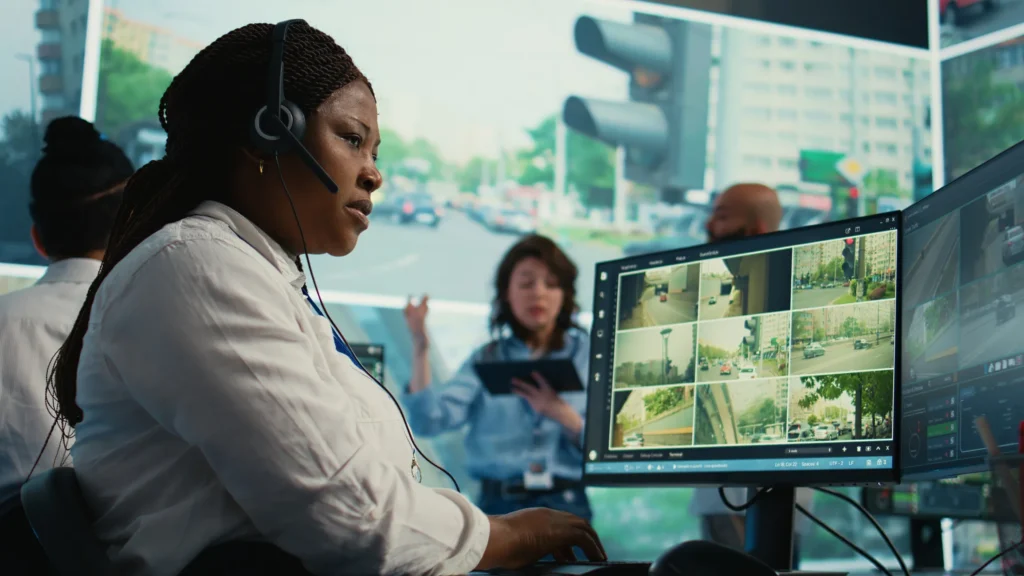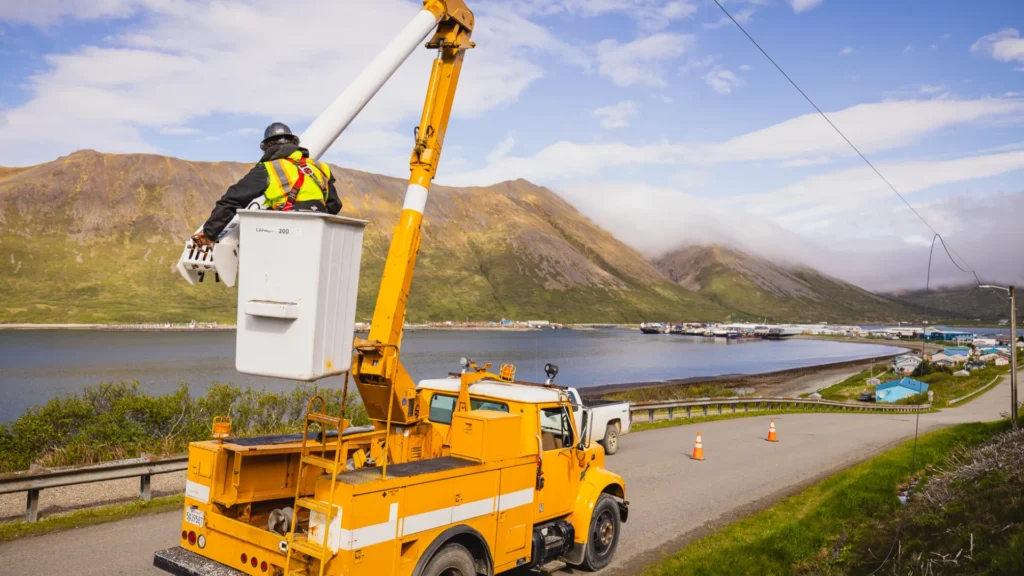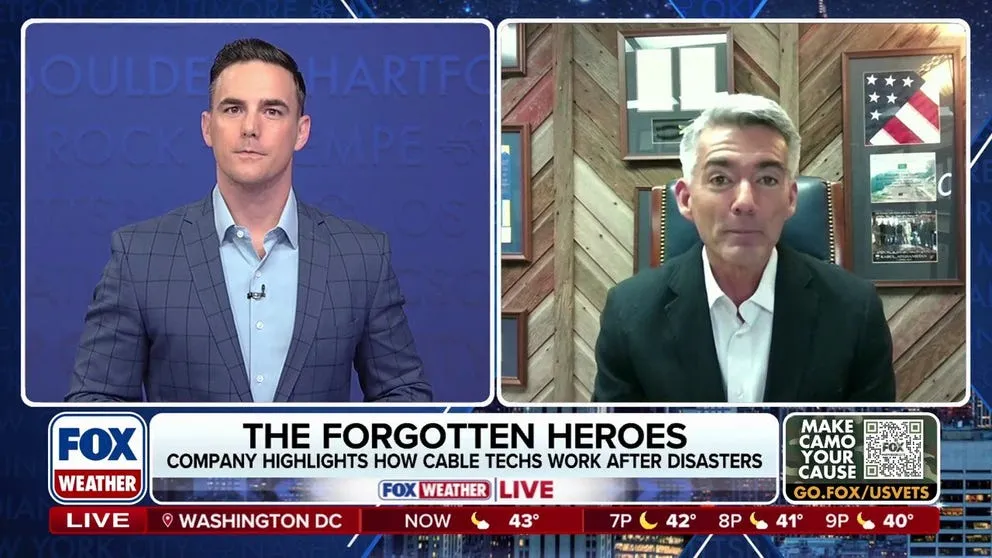Over the last two decades, the United States and much of the world has experienced a dramatic shift in attitudes over acceptance of LGBTQ people. During that time, on screen representation has soared, thanks in part to big names in cable TV (such as HBO or Showtime) taking what was then considered a risk and producing shows that not only portrayed LGBTQ people in positive ways, but also had them as central characters. This expanding of perspectives on screen has been met with critical acclaim as well as commercial success. Where conventional wisdom once held that queer characters and story lines were ‘inappropriate’, this change marked a huge development in media. This new type of inclusive programming, however, took a bit longer to reach children and kid’s media. Until a few years ago, there were almost no examples of queer characters to point to, but in a short amount of time that has all changed.
In an interview with NCTA, GLAAD’s Director of Entertainment Research & Analysis, Megan Townsend, explained how inclusive programming became more prevalent. GLAAD is a nonprofit that advocates for LGBTQ representation in the media and entertainment world and is well known for its annual “Where We Are on TV” report, which tracks the number of LGBTQ characters on TV.
“[Cartoon Network’s] ’Steven Universe’ was out there doing amazing queer stuff, getting such good reception, and the representation was so central and ongoing,” said Townsend. “A lot of what we had started to see up to that point was very subtextual—it’s a quick moment, or a lot of what we saw was in the series finale. So it’s like [the writers] are going to do what they want to do now, because they’re already canceled and there aren’t stakes behind it anymore.” That attention to detail and commitment to keeping the queer stories and characters both ongoing and central to the show caught many people’s attention.
“To have ‘Steven Universe’ …was a very different thing, and it was so good that we wanted to nominate it for a GLAAD Media Award,” she explained. But at the time, there weren’t enough examples to expand the categories, so in 2016 “Steven Universe” was nominated in the Outstanding Comedy Series category at the GLAAD Media Awards, alongside shows like “Transparent” and “Orange is the New Black.” “The year after having [‘Steven Universe’] in that category it just took off in a way that I don’t think anybody could have predicted how quickly things would start happening.”
In the coming year, GLAAD would launch its Children and Families Advisory Council to work with screenwriters, showrunners, directors, and others to help lend their expertise to projects that wanted to be more inclusive. “That year we had the first ever LGBTQ-focused panel at Kidscreen, which is one of the biggest kids’ programming conferences,” she noted. Shortly after that, the GLAAD Media Awards categories were expanded to include kids & family programming. Townsend explained how, in 2017, GLAAD almost struggled to find five prime examples to nominate in that new category. But when it came time to settle on the 2018 nominations, they found themselves having to expand it to include ten nominees, because the growth of inclusive examples had happened so dramatically in such a short time.
These days, the awards include two distinct kids media categories: one focused on younger children and another for slightly older kids. In a few years, the media space had gone from one example of inclusive kids programming to being part of a cultural phenomenon.
An example Townsend pointed to was the Disney show, “Muppet Babies.” During the summer of 2021, the show aired a story called “Gonzo-Rella” about how the Muppet character Gonzo wants to wear a princess dress to the royal ball, but doesn’t think he’s allowed to because he is a boy. Gonzo then decides to attend the ball in the dress, but while also wearing a disguise. While at the ball, the attendees marvel at how pretty the mysterious princess is and give praise and compliments. When it is revealed that “Gonzo-Rella” is their old friend Gonzo in disguise, the characters embrace and support Gonzo’s happiness.
This type of inclusive story in a children’s program has a huge impact on how kids view themselves and the world around them. Before this new era, most queer storylines focused on older people, characters who had left home and moved to the city and were entering adulthood. “I feel like I internalized a lot of that as a kid, because it was like you have to wait until all of these things are true before you can start to do anything about who you are,” Townsend shared. By bringing this level of representation to children’s programming, it opens up the conversation of what it means to be different and to embrace it, so that all kids can start to develop a strong sense of self-worth from an early age.
One piece of advice Townsend has for programmers working in this space? “Part of it is about the story, but part of it is also in the marketing…and not being afraid to let people know that there is something they should tune in for. Let people know that you stand behind the story that you’re telling, and be the ones to set that narrative before anybody else can steal it away.”
The power in media representation is hard to overstate, and while the industry continues to diversify and set new goals for inclusion, these milestones represent an important new chapter. Cable TV programmers continue to lead the pack, as they have for decades, in building a more inclusive and respectful world.









